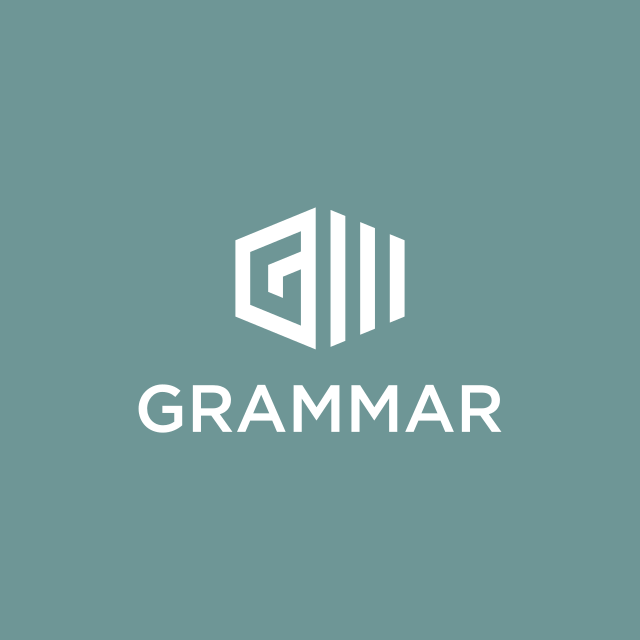A grammatically complete sentence has a subject and a conjugated verb, as in Mary sang. A sentence is also an independent clause. If a group of words qualifies only as a dependent clause, it is not a sentence, as in Because we were tired. Many writers use incomplete sentences in their writing. These are technically known as sentence fragments. They might also be called typographical sentences, a group of words beginning with a capital letter and ending with a period. If you use typographical sentences in your style, make certain it is immediately evident that you know what you're doing and that you're not making a mistake. And point out to your supervisor that great writers often use these structures. So there.
The four kinds of verbs enable us to write four basic types of complete sentences:
Four Possible Sentence Types
| 1A | Subject (Actor) John | + | Transitive Verb in the active voice hit | + | Direct Object (Recipient) the ball. |
| 1B | Subject (Recipient) The ball | + | Transitive Verb in the passive voice was hit | + | Actor Phrase (Actor) by John. |
| 2 | Subject John | + | Intransitive Verb ran | + | Phrase to first base. |
| 3 | Subject John | + | Verb to be is | + | Predicate Noun the batter. |
| John | is | + | Predicate Adjective strong. | ||
| John | is | + | Phrase at the plate. | ||
| 4 | Subject John | + | Linking Verb seems | + | Predicate Noun the team leader. |
| John | appears | + | Predicate Adjective quick. | ||
| John | sounds | + | Phrase out of sorts. |
That's it, folks. Every English sentence falls into one of these categories, which vary with the type of verb chosen.




Have a discussion about this article with the community:
Report Comment
We're doing our best to make sure our content is useful, accurate and safe.
If by any chance you spot an inappropriate comment while navigating through our website please use this form to let us know, and we'll take care of it shortly.
Attachment
You need to be logged in to favorite.
Log In